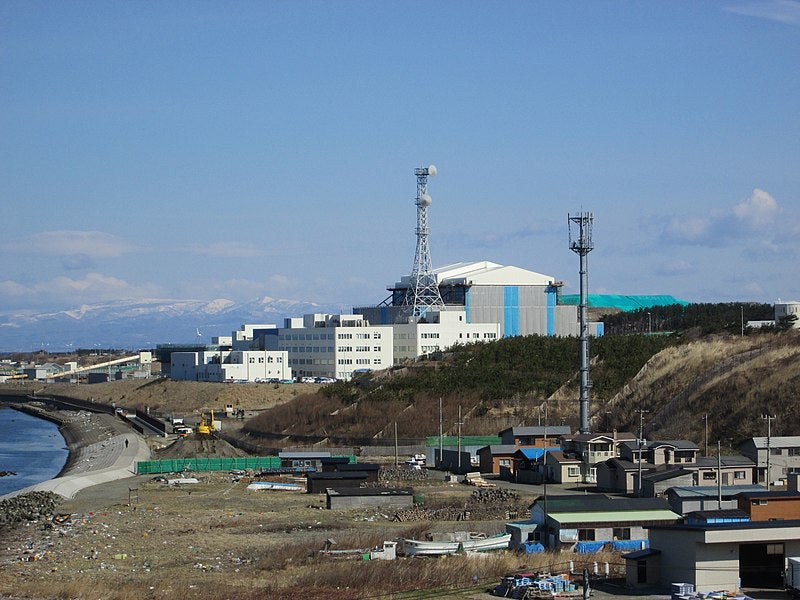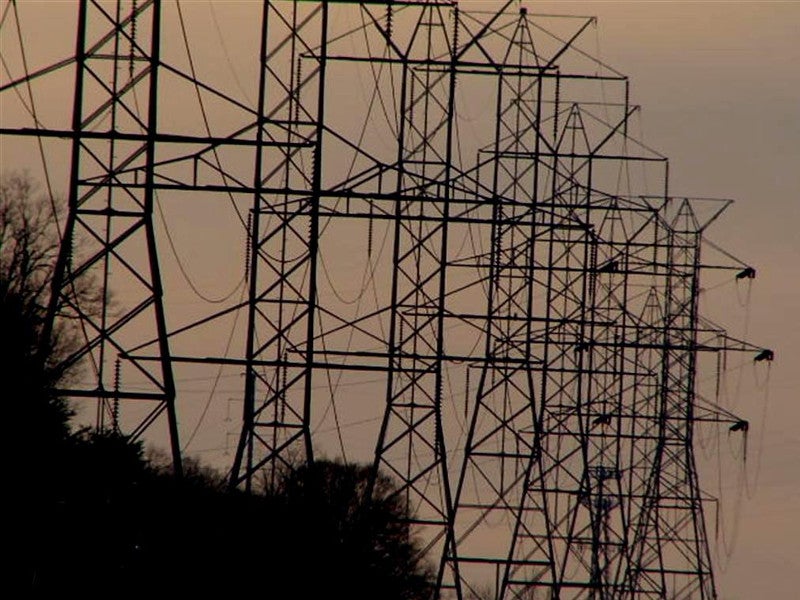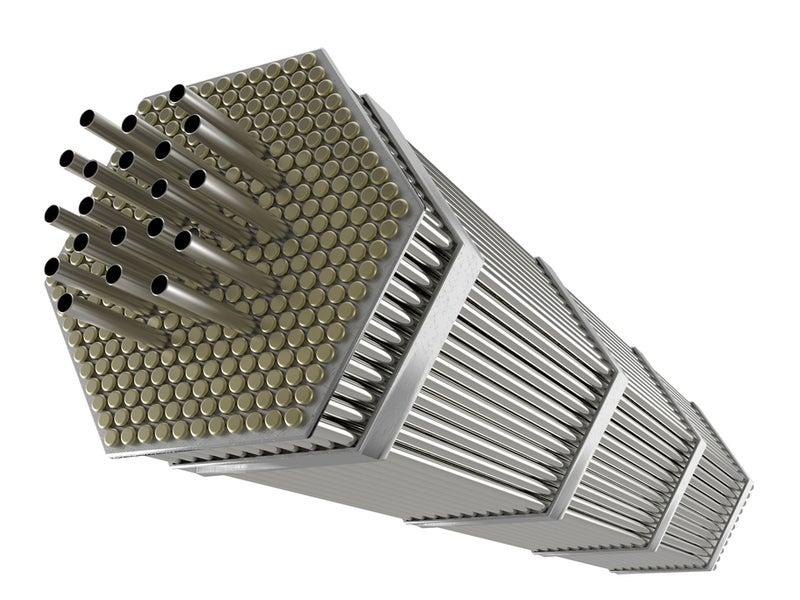The 1,383MW Ohma nuclear power plant (NPP) is being constructed by Electric Power Development Company (J-POWER) in the Ohma-machi, Shimokita-gun, Aomori Prefecture, Japan.
The construction of the new power project began in May 2008 with the aim of starting commercial operations in March 2012. It was delayed as the company suspended the construction of the main structures after the Great East Japan Earthquake of magnitude 9.0 rocked Japan in March 2011. The work resumed 18 months later in October 2012.
J-POWER filed an application with the Nuclear Regulatory Authority (NRA) in December 2014 for approval of changes to reactor instalment licence and a separate application for construction plan. The application was filed to meet new safety standards at the plant.
The project is facing further delays due to an ongoing review of the improved safety initiatives.
Ohma NPP nuclear reactors
Ohma nuclear power plant will be equipped with advanced boiling water reactor (ABWR), a third-generation nuclear reactor developed by GE Hitachi Nuclear Energy.
The reactor is licensed by the US Nuclear Regulatory Commission (USNRC) and the regulators of Japan and Taiwan.
ABWR is a direct-cycle light water reactor with a design life of 60 years. Its modular design optimises the construction timeline and reduces the costs associated with staffing and maintenance.
ABWR core contains 872 elements in fuel assembly and 205 control rods driven by either hydraulic or electric motor drive. The reactor will use enriched uranium and uranium-plutonium mixed oxide (MOX) fuel in the core.
The plant availability factor of the reactor is at least 87%, while radioactive waste generation is less than 100m³ a year.
The reactor has internal pumps to avoid external recirculation systems, fully-digital and sophisticated control systems, high-integrity fuel, and improved radiation source elimination. It includes a compact reactor building integrated with containment vessel made of reinforced concrete with built-in liner.
The reactor is also equipped with residual heat removal systems. The turbine system includes a 52in-long turbine and a two-stage reheat thermal cycle.
Safety measures at Ohma nuclear power plant
Ohma nuclear power station complies with the new regulatory requirements enforced by Japan’s Nuclear Regulation Authority (NRA) in July 2013. The enhanced safety standards are mandatory for commercial power plants operating in the country and were ordered by the government following the accident at the Fukushima Daiichi nuclear power plant caused by the 2011 earthquake.
The major structures of the Ohma plant, including the reactor and turbine buildings, are being constructed at an elevation of T.P. +12m to address the potential risk of a tsunami. The reactor building will be equipped with three emergency diesel engine generators for emergency power supply.
The site will also have access to two 500kV lines and a 66kV line to enable the electric power supply to emergency facilities.
Safety enhancements
The nuclear plant has been designed to be earthquake-proof based on a new standard seismic motion. It will be equipped with fire-resistant cables, firewalls, seawalls and waterproof exterior doors for protection against fire and tsunami.
To improve the response in the event of an accident, power pumps, fire engines and alternative water injection equipment will be deployed to cool the reactor, spent fuel pool and containment vessel.
A filtered containment venting system will be installed to prevent damage from the build-up of excess pressure within the containment vessel. The plant will be equipped with hydrogen detection units and hydrogen discharge venting units to ensure system protection in case of the hydrogen explosion at the reactor building.
The operator will also install water spraying facilities, water storage tanks, a seismic isolation building, a severe accident response facility, and a warehouse to store materials and equipment.
Contractors involved
Kajima Corporation is involved in the construction of the Ohma nuclear power plant. The company adopted Kajima all-weather construction method, which involves the use of curing roofs and walls to cover the reactor building to mitigate the risk posed by different weather conditions.






